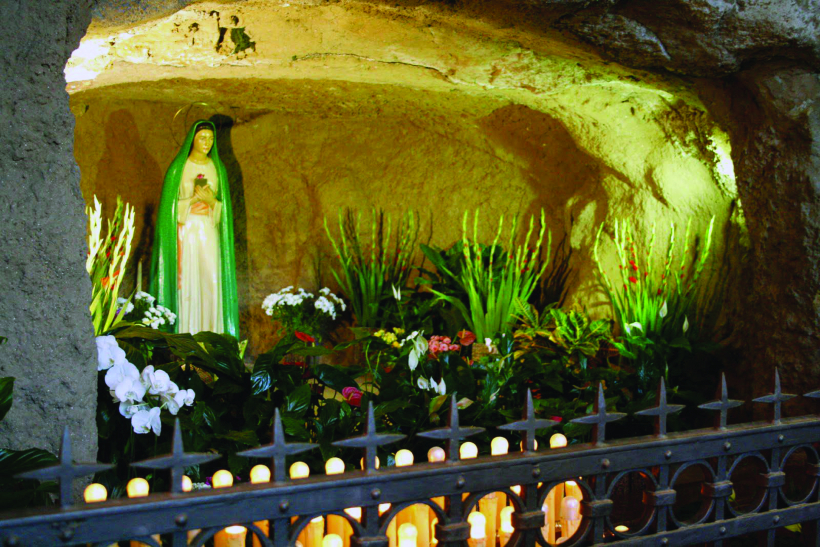November 2 and indeed the whole of November focus on the Holy Souls. There are actually two names for the day: “All Souls’ Day” and “The Commemoration of All the Faithful Departed.” In around 998 A.D., All Souls’ Day was formally fixed on November 2 by St. Odilo, Abbot of Cluny; the influence of the monks of Cluny in the 11th century caused its spread. The celebration was soon adopted in several dioceses in France, and spread throughout the Western Church. However, it was not until the 1300s that it began to be celebrated in Rome. In 1748, Pope Benedict XIV instituted the custom of allowing three Masses to be celebrated on that day. Finally, in 1915, Pope Benedict XV further extended to the whole Western Church the privilege of saying three Masses. Among Eastern Orthodox and Eastern Catholic Christians, there are several All Souls’ Days during the year. Most of these fall on Saturday, since Jesus lay in the Tomb on Holy Saturday. These are referred to as Soul Saturdays.
The Church teaches us that the souls of the just who have left this world with traces of venial sin or lack of satisfaction due to sin, remain for a time in a state of expiation, where they suffer whatever temporal punishment may remain due to their offenses. In this way they complete the putting off of the “old man” and putting on the “new man.” It is a teaching of our faith that the suffering souls are relieved by the intercession of the saints in heaven, and especially Our Blessed Lady, and by Masses offered by the priests and by the prayers of the faithful upon earth. To pray for the dead is therefore an act of charity and of piety, certainly obligatory for a Christian who professes to have charity in his or her heart. We read in Holy Scripture: “It is a holy and wholesome thought to pray for the dead, that they may be loosed from their sins” (2 Maccabees 12:46).
An indulgence is a remission before God of the temporal punishment due to sins whose guilt has already been forgiven, which the faithful Christian who is duly disposed gains under certain prescribed conditions through the action of the Church which, as the minister of redemption, dispenses and applies with authority the treasury of the satisfactions of Christ and the saints. The faithful can gain indulgences for themselves or apply them to the dead (Catechism 1471).
The Akathist hymn is one of the most well-loved services of devotion in the Eastern Churches. Although there is some debate concerning the particulars of its authorship, many scholars agree with the pious tradition which states that the original Akathist of Our Lady was composed in the imperial city of Constantinople, “the city of the Virgin,” by St. Romanos the Melodist, who died in the year 556 A.D.
The Akathist Hymn has proved so popular that many other hymns have been written following its format, particularly in the Russian Orthodox Church. These include Akathists to Our Lord Jesus Christ, to the Holy Cross, and to various saints.
The word akathistos literally means “not sitting,” namely standing; normally all participants stand while it is being prayed.






Facebook Comments